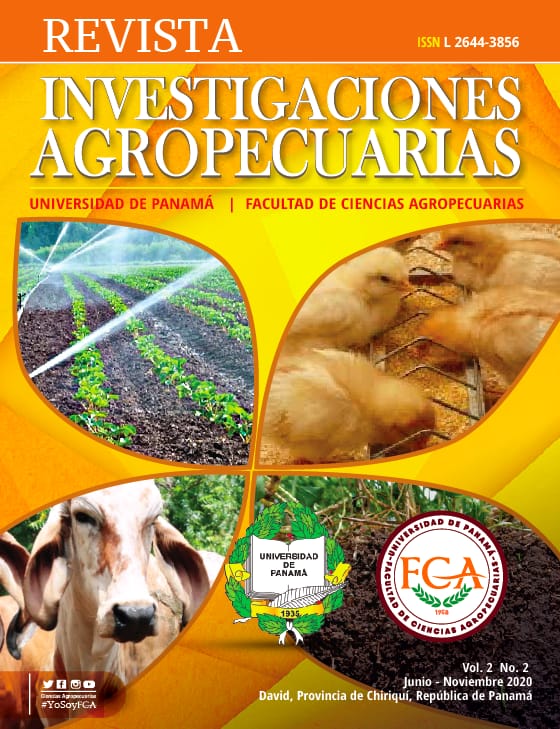

The objective of the study was to evaluate the use of different sources of lipids (soybean oil, lard and recycled oil) in the diet of meat chickens, carried out in the Trópico - Quillabamba - Cusco - Peru at 700 m. of altitude; 120 bb Cobb-500 males, 1 day old, with a duration of 42 days, were used. In the initial stage, the use of lard and recycled oil determined a better productive response, both for weight, weight gain and feed conversion, with no effect on feed consumption being observed. In the growth stage and complete cycle, all the evaluated sources determined a reduction in feed intake and an improvement in feed conversion and, in the case of soybean oil and whole soybean meal, a higher breast yield (%); weight gain and carcass performance were not affected by the use of lipids in the diet, having obtained similar results to those achieved with the control group; abdominal fat (weight and percentage) was higher with recycled oil and lard. It is concluded that the use of soybean oil, recycled oil and lard determines similar productive responses, with greater effect in the deposition of abdominal fat.